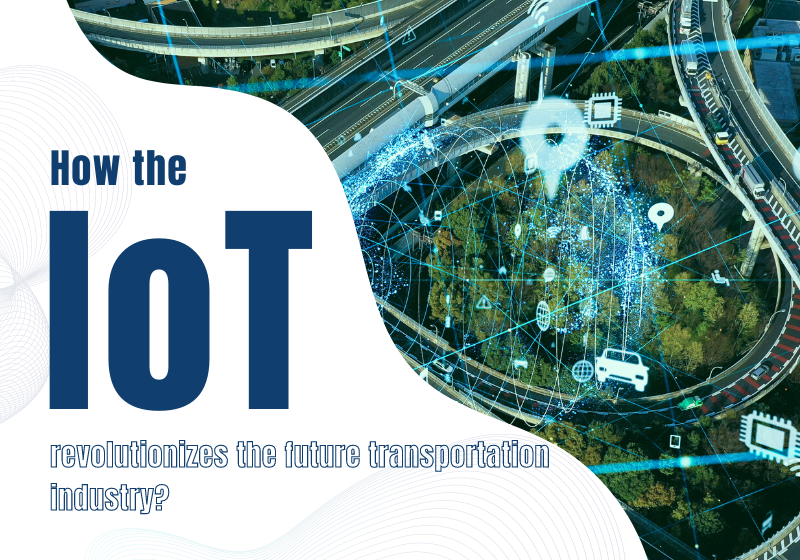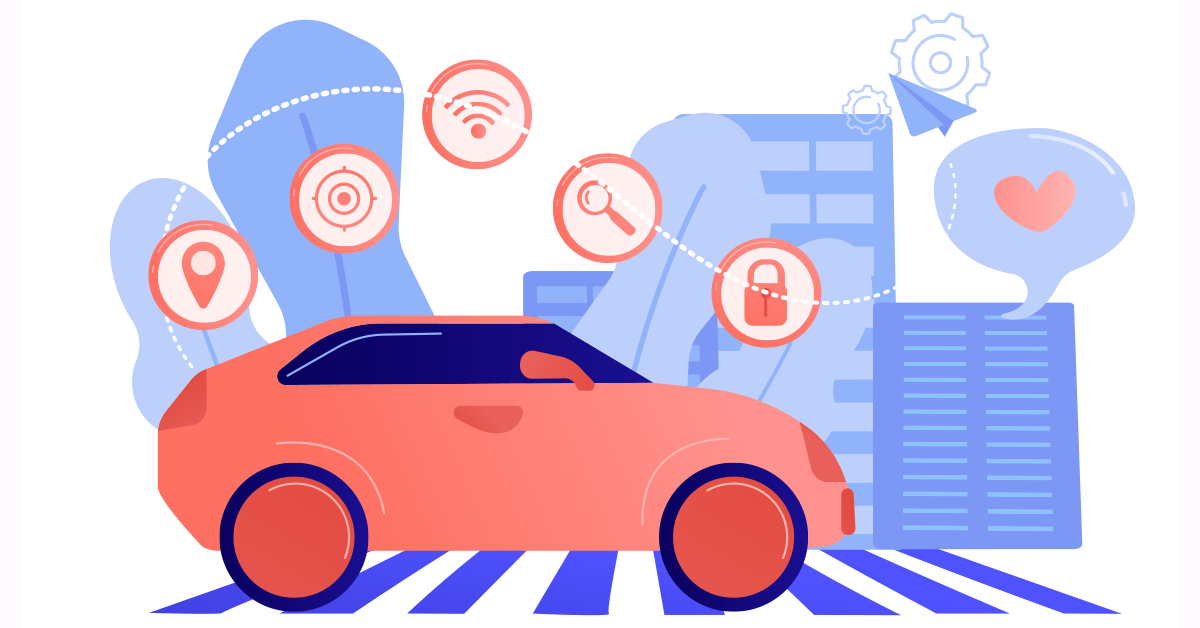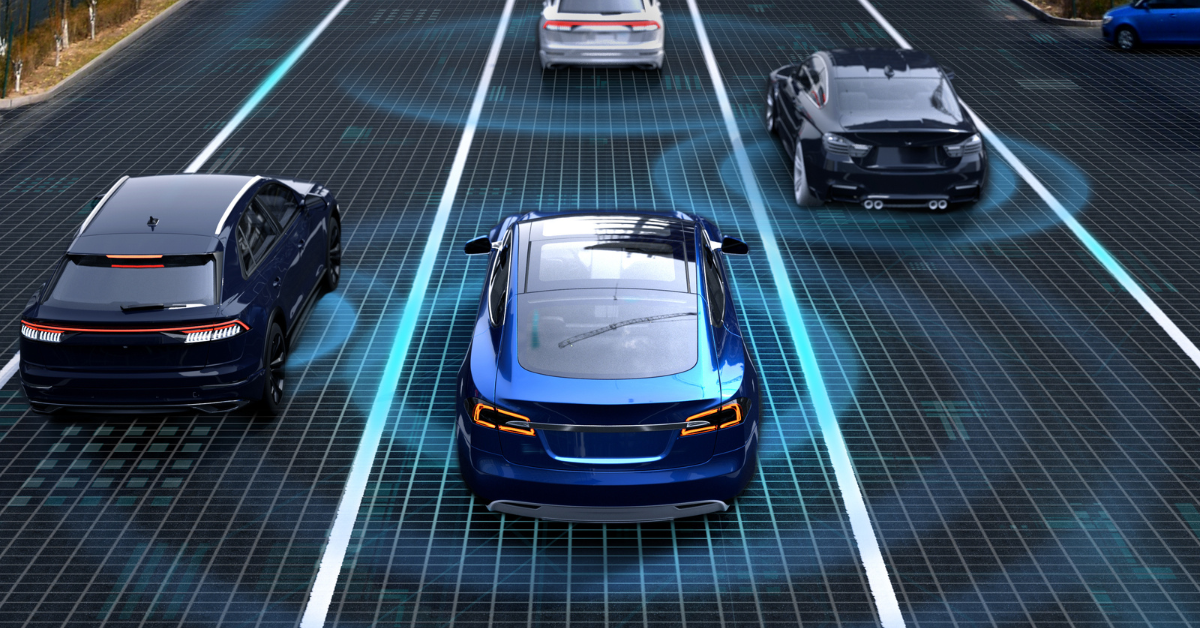

Introduction
Image the possibility of advanced connectivity. Every morning you set an alarm for your car to wait for you in front of your house. While you are getting close to it, it can sense your existence and automatically open the door for you. The car of the future is like your best assistant and your dedicated software-defined driver, so it is unnecessary for a human being to maneuver a vehicle manually. Meanwhile, the intelligent car plays your frequently-visited podcasts and playlists captured from the Cloud...It may sound futuristic, but it is happening now.

The whole picture we just envisioned is underpinned by the Internet of Things, which enables people to track their assets down remotely in an effective and across-the-board manner. IoT in the automotive sector has had a significant impact on the whole car concept. It is currently being actively reconsidered. People may anticipate that automobiles of the future should be a fully functional software platform with autonomous driving capabilities as well as easier control and sensitive and friendly interaction with humans. With the right IoT solutions in place, users have access to a variety of factors associated with the car directly on their mobile phones, for instance, fuel level, vehicle location, remote 3D view, insurer’s contact and many more. Pursuant to Equal Ocean, an emerging think tank, surveyed that from 2018 to 2025, the global market of smart connected automobiles witnesses a steady-state growth from 30.7% in 2018 to 59.4% in 2025. While as per China market, it can see an even drastic development from 24.9% to 75.9% for 7 years till 2025, thanks to government’s stimulus to digital economy.

Benefits of IoT in the automotive industry
Telematics technology, in its broadest sense, is a fusion of two sciences: informatics, which deals with computer systems and phone lines, and telecommunications, a branch of technology that includes phone lines and cables.
If you are a driver, you definitely have experienced traffic jam resulted from some little accidents, then it is impossible for you move a single inch. However, in the era of telematics, each car is equipped with GPS positioning and capture abundant database and information, which will be submitted to the central system of Transportation Administration. People in charge can manage the traffic flow, plan feasible routes so as to avoid traffic jam.

Road safety is mostly cared. With the advancement of solution of IoT in the automotive industry, cars can proactively probe surroundings by their in-built sensors and link with traffic lights and other control signals. Drivers can receive up-to-date information on the road, traffic, and weather conditions, as well as real-time information about their vehicles’ pressure and temperature of tires, fluid levels, deterioration, and battery state, which decreases breakdowns and, thus, prevents accidents.
The wide application of IoT solution can also help the automotive industry realize emission reduction. Joint cooperation between smart automobiles and sound management of the authority will greatly optimize resources and improve traffic efficiency to promote emission reduction.

Common use cases for IoT in the automotive sector
-Cellular vehicle-to-everything (C-V2X)

Compared with previous connection technology, the edge of C-V2X standard is
-Fleet management

As IoT has made fleets smarter and more effective, the fleet industry has seen a significant transformation in how it can be operated. Real-time tracking of fleet whereabouts and condition is made possible by IoT-based sensors. Additionally, they make a substantial contribution to the analysis of other fleet characteristics including the truck's speed and braking system. Implementing an Internet of Things-based fleet management system aids in minimizing a number of issues, including a lack of real-time supervisory information concerning increased fuel use, sluggish deliveries, and driver management. With the right solution, companies can track assets wirelessly and gain realtime visibility of their operations:
Thus, if you are interested, click here to explore more.
Email format error
Email cannot be empty
Email already exists
6-20 characters(letters plus numbers only)
The password is inconsistent
Email format error
Email cannot be empty
Email does not exist
6-20 characters(letters plus numbers only)
The password is inconsistent